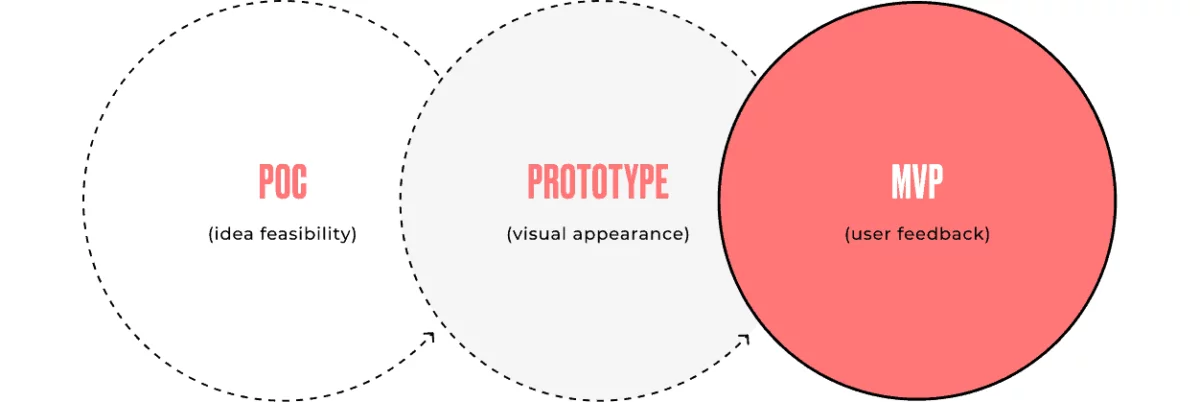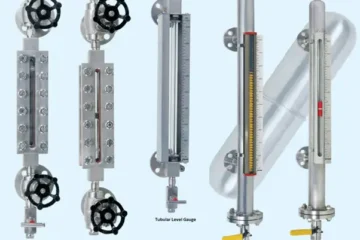Building software includes passing through multiple stages. Thus, choosing the right development process is an important aspect of successful project completion. Most software development agencies choose prototype and MVP approaches so that their product gets accepted in the market. Confused weather to choose prototype or MVP? We’ve got you covered! This article is a complete guide on Prototype vs. MVP. Let’s dive in!
Introduction to Prototype
A prototype is a preliminary or the first-ever version of a device that showcases how the actual product will look like. It is a three-dimensional rough draft that reflects how a particular product will look, work, and solve your problem. Also, you can get real-time feedbacks from stakeholders and end users.
Generally, these are built with varied fidelity levels like low fidelity, which includes simple paper wireframes and hand-drawn sketches, whereas high fidelity allows you to experience the overall feel and look of a device. Note that prototypes are never the final product. It is an important step between product ideation and formation.
Benefits of prototyping
1. Fast feedbacks
The prototype allows you to gather crucial feedback from product stakeholders, which will enable developers and designers to make required changes and enhance product features and overall quality.
2. Improved user experience
Prototypes improve the overall speed of developing a product or an application based on the customer’s and stakeholders’ feedback. This improves the end-user experience, ensuring they enjoy your product.
3. Reduced cost
Prototypes are generally cheaper to develop as they do not require massive development time and typically have less functionality, low fidelity, and fewer features.
Introduction to an MVP
A minimum viable product, abbreviated as MVP, is an early and most basic version of a particular product, like a piece of technology or computer programming that fulfills the minimum requirements for using a product. However, it can be adapted and updated in the near future based on the product stakeholders’ and customers’ feedback.
Majorly, an MVP has three components, including enough features, enabling feedback for regular updations, and meeting the needs of early customers. The major difference between an MVP and a prototype is that MVP is a market-ready application. Although it may lack the latest features, it can be updated easily in the future based on the end user’s feedback.
Benefits of MVP
1. Real user feedback
Although a prototype can be shown to a particular group of people, an MVP is presented in front of real customers, opening doors for unbiased opinions and feedback. Through an MVP, you get access to all feedback, giving you an idea of the most requested features, functionalities, and pain points.
2. Focus on core features
MVP allows you to test your product in the real-time market in minimum time and cost. This gives clarity about the core features and ensures product owners add in-demand features to make the product stand out in the market.
3. Clarity of vision
During the initial development stage, MVP clarifies a product’s core features, functionalities, and customer response to the product. After analyzing all the feedback, you get clarity of vision, allowing you to make better decisions and get back on track.
Which one do you need?
Both prototype vs. MVP are important in the product development process; however, the choice between both completely relies on your status in the software development cycle, the overall resources available, and your potential customer base. If you’re in the ideation stage, go ahead with the prototype. If you have the budget, resources, skills, and a ready idea, choose MVP.
Wrapping Up
Both MVP and prototyping are important for the successful development and growth of a product. However, they serve different needs and purposes! Based on your requirements and development stage, make the right choice. There are several top software development agencies that you can rely on for the best services!



